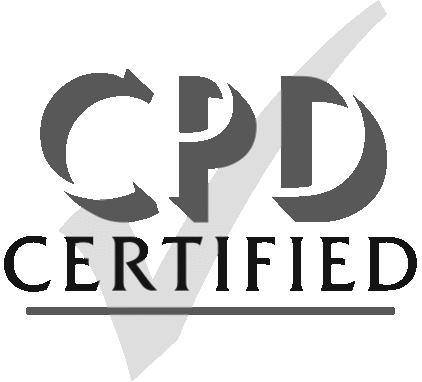Zeemal Seemab Amin
University of Central Punjab, Pakistan
Title: Evaluation of circulating biochemical and anti-oxidative biomarkers in patients with β-thalassemia from Lahore, Pakistan
Biography
Biography: Zeemal Seemab Amin
Abstract
Background: β-thalassemia, one of the two primary kinds of thalassemia, is a typical hereditary issue. Transformations, influencing the different levels of β-globin quality articulation causing β-thalassemia, have been found in an overwhelming number. The most debilitating life-restricting complexity caused by press over-burden in β -thalassemia patients is heart malady caused by myocardial siderosis and 71% of β-thalassemia patients kick the bucket with these cardiovascular difficulties.
Aim: The aim of the present study was to evaluate the biochemical and anti-oxidative status in patients suffering from Thalassemia (RA).
Methodology: It was a comparative study. 5.0 ml blood sample of 60 diagnosed Thalassemia patients and 60 healthy individuals was taken from vein in clotted gel vials from Children Hospital and Jinnah Hospital, Lahore. Reduce Glutathione (GSH), Catalase (CAT), Superoxide Dismutase (SOD), Malondialdehyde (MDA), estimation of Nitric Oxide (NO), estimation of micronutrients (Vitamin A, Vitamin C and Vitamin E) and electrolytes concentration by flame photometer (Na+ and K+), Complete Blood Count (CBC), estimation of total protein, estimation of hemoglobin (Hb) and serum iron level was estimated.
Result: The spectrophotometric reading of samples reveals that MDA level in Thalassemia patients remarkably elevated (3.02±0.45) while in healthy individual is (1.29±0.21) and statistically significant (P=0.000<0.05). The level of GSH decreased (0.18±0.14) as compared to normal individual (6.32±0.13). The CAT level is moderately elevated in patients (2.64±0.11) than normal person (4.11±1.02). Results parade the amount of SOD that is elevated in patients (5.33±0.81) while in normal people was (3.21±1.07). The Vitamin E level in patients (2.38±0.59) than normal person (4.33±0.95). Red blood cells also decreased in Thalassemia patients (18.61±3.32) as compared to normal (39.8±7.19). Serum iron level elevated remarkably in patients (131.33±2.56) while in healthy individuals it was (93.21±1.11). This indicates that data is statistically significant (P꞊0.000<0.05).
Conclusion: The expanding level of MDA demonstrates the high rate of lipid peroxidation (oxidative worry) in thalassemic patients. lower the level of RBC, hemoglobin and overloaded iron associated with the pathogenesis of Thalassemia.

